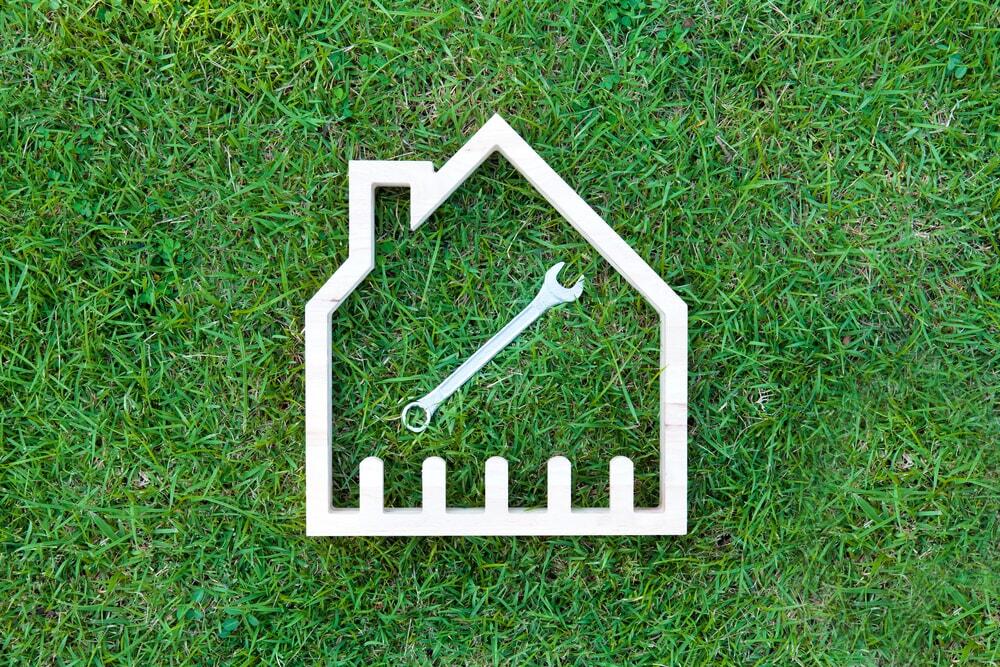

Invest
Green Home Improvements – Impact and ROI Assessment
At Blue and Green Tomorrow, we have written a number of posts about the dream benefits of various home improvements. Several of our guest authors have made similar points in their own articles. The truth is that there are a number of ways that you can renovate your home to reduce its carbon footprint and minimize other negative externalities on the environment, such as chemicals leeching into the ground. However, some renovations may actually have a negative impact on the environment, even before considering the short-term impact of the construction itself. Some projects are both harmful to the environment and have a poor return on investment (ROI). Therefore, you need to make both an environmental and cost benefit analysis.
Here are some factors that you need to evaluate.
Be wary of increasing the surface area of your home
You need to understand the basic convection and conduction formulas for heat transfer when beginning any home improvement. Surface area is directly correlated with heat transfer. You can learn more about it from the MIT documentation on thermodynamics. If you are building an extension of your property, you will increase the surface area, which increases heat loss during the winter. It also increases the amount of the home that needs to be cooled or heated.
This significantly increases heating and cooling costs throughout the year. You need to consider this carefully. Instead of building an extension to your home, you should consider the following options to minimize energy expenditures:
- Consider creating a shed or other detached unit for storage purposes. It will not contribute to heat loss of your home during the fall or winter and you won’t need to spend energy heating it.
- Try renovating your basement to create a room that serves a purpose you need.
- If you do need to build an extension for your home, it is a good idea to put a firm barrier and insulation between it and the rest of the house. This will keep it from being a heat sink for the rest of your property during the winter.
Make sure you understand the impact an extension will have on your monthly heating and cooling bills before committing to it.
Be realistic when estimating solar heating benefits
A lot of experts have written extensively about the benefits of solar heating. According to the EPA, it is possible to design a solar heating system that will provide 40% to 80% of your home’s heating needs. This is encouraging, but it is obviously a wide range with a lot of factors coming into play. Review these factors to make sure you get the most benefit from solar heating in your green home improvements.
First of all, you need to assess the level of light that your home will receive during the colder parts of the year. Some areas are very cold, but receive substantial amounts of sunlight. These areas will benefit the most from solar heating.
The types of windows that you use are also important. Before you hire a company to do a window replacement, make sure that you buy ones that are sturdy, have a decent refractive index and are large enough to illuminate your home well. The amount of solar heating your home will receive also depends greatly on the direction the windows are facing. The southerly part of your house will receive the most heat, so focus on making green home improvements in that area.
Don’t use materials that leach
Some materials are simply bad for the environment. They may meet EPA guidelines, but that does not mean that they are good enough for a socially conscious homeowner. If you are concerned about preserving the environment, you will want to find materials that don’t leach into the groundwater too much. Although often overlooked, preserving the integrity of water stored in the water table affects many layers of the ecosystem, so be sure to keep this in mind when making green home improvements.
Understand the impact of insulation
When I took a heat transfer course, I learned a very surprising fact- adding too much insulation can actually make your home less energy efficient! Although you might think that adding more insulation will help with your green home improvements, that might not actually be the case.
Why? It all goes back to the convective heat transfer equation I linked to above. Adding more insulation increases the surface area of your house. At some point, the heat loss from convection will exceed the heat saved from conduction. Make sure you know where this inflection point occurs.
Review the impact of green home improvements
There are a lot of factors that you need to consider before renovating your home. Some of them are obviously economical, while others are environmental. Before making any changes, you want to make sure you understand the actual environmental benefits. Don’t assume that the project will be good for the environment or reduce your home’s carbon footprint without doing thorough research. You may unintentionally be doing the exact opposite that you intended!


 Environment10 months ago
Environment10 months agoAre Polymer Banknotes: an Eco-Friendly Trend or a Groundswell?

 Environment11 months ago
Environment11 months agoEco-Friendly Home Improvements: Top 7 Upgrades for 2025

 Features9 months ago
Features9 months agoEco-Friendly Cryptocurrencies: Sustainable Investment Choices

 Features10 months ago
Features10 months agoEco-Friendly Crypto Traders Must Find the Right Exchange





























